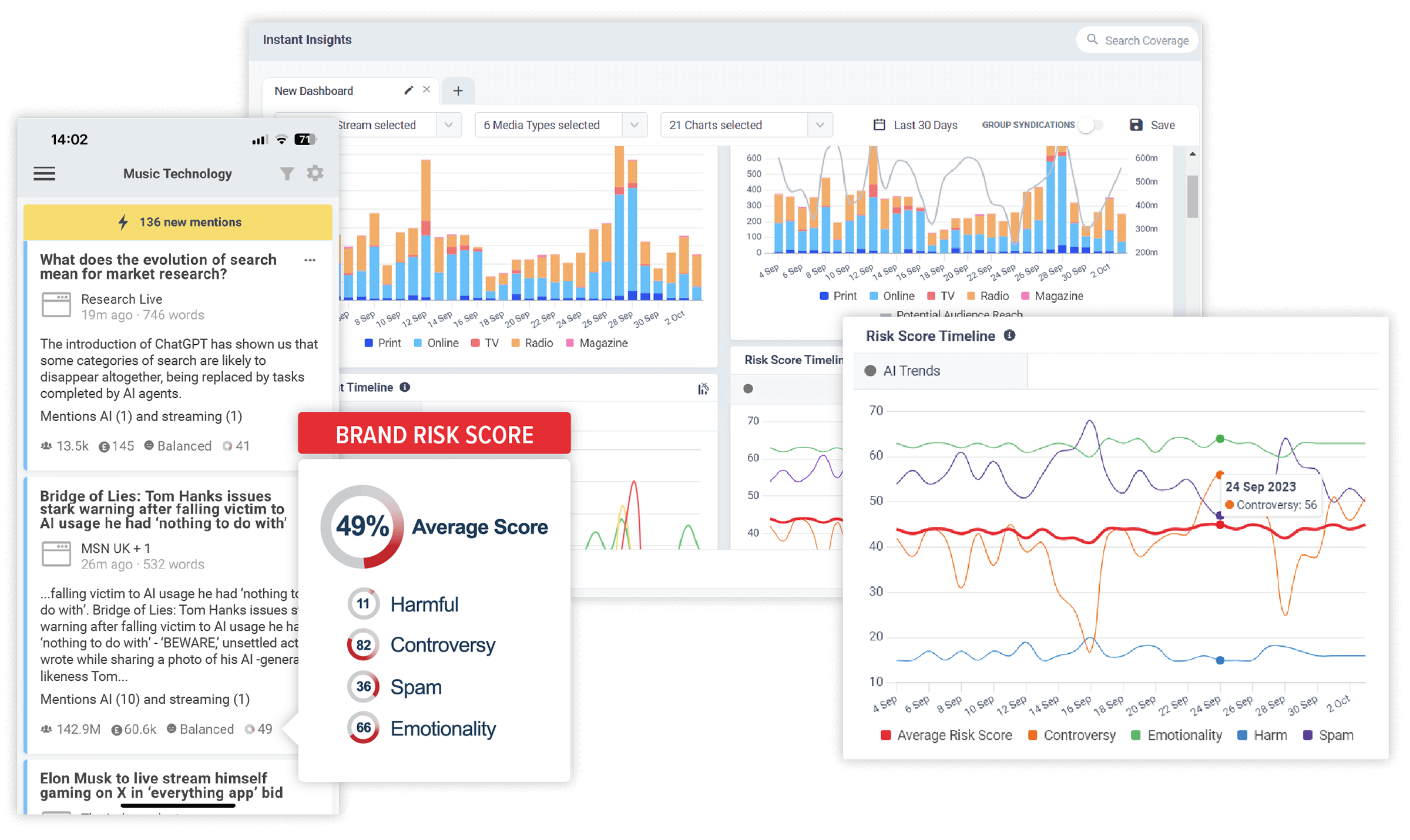About
Bio
Impact factor:
3.698
Journal ranking:
1/13 (Psychology Mathematical); 4/101 (Mathematics Interdisciplinary Applications); 4/123 (Statistics & Probability); 8/85 (Psychology Experimental) (Source: ISI Journal Citation Reports © Ranking: 2015)
Aims of the journal:
The British Journal of Mathematical and Statistical Psychology is published on behalf of the British Psychological Society and aims to publish articles relating to areas of psychology which have a greater mathematical or statistical aspect of their argument than is usually acceptable to other journals.
Content:
Areas covered include:
• Mathematical psychology
• Statistics
• Psychometrics
• Decision making
• Psychophysics
• Classification
• Relevant areas of mathematics, computing and computer software
This includes articles that address substantitive psychological issues or that develop and extend techniques useful to psychologists. New models for psychological processes, new approaches to existing data, critiques of existing models and improved algorithms for estimating the parameters of a model are examples of articles which may be favoured.
Months of publication:
February, May, November.
Editorial contacts:
The full editorial board can be viewed here.
Manuscript submission:
Author guidelines can be viewed here.
Online submissions can be made here.
Ad rates:
Information on advertising can be viewed here.
Email
email@cision.one
Website
site@cision.one
Social media




Location
United Kingdom
Frequency
upgrade
Circulation
upgrade
Sectors
Business Statistics, Mathematics, Neurology
Bio
Impact factor: 3.698 Journal ranking: 1/13 (Psychology Mathematical); 4/101 (Mathematics Interdisciplinary Applications); 4/123 (Statistics & Probability); 8/85 (Psychology Experimental) (Source: ISI Journal Citation Reports © Ranking: 2015) Aims of the journal: The British Journal of Mathematical and Statistical Psychology is published on behalf of the British Psychological Society and aims to publish articles relating to areas of psychology which have a greater mathematical or statistical aspect of their argument than is usually acceptable to other journals. Content: Areas covered include: • Mathematical psychology • Statistics • Psychometrics • Decision making • Psychophysics • Classification • Relevant areas of mathematics, computing and computer software This includes articles that address substantitive psychological issues or that develop and extend techniques useful to psychologists. New models for psychological processes, new approaches to existing data, critiques of existing models and improved algorithms for estimating the parameters of a model are examples of articles which may be favoured. Months of publication: February, May, November. Editorial contacts: The full editorial board can be viewed here. Manuscript submission: Author guidelines can be viewed here. Online submissions can be made here. Ad rates: Information on advertising can be viewed here.
Website
Social media
Location
Frequency
Circulation
Sectors
Business Statistics, Mathematics, Neurology
Most recent articles by British Journal of Mathematical and Statistical Psychology (BJMSP)
Lorem ipsum dolor sit amet, consectetur adipiscing elit
Article description
Lorem ipsum dolor sit amet, consectetur adipiscing elit
Article description
Lorem ipsum dolor sit amet, consectetur adipiscing elit
Article description
Explore outlets similar to British Journal of Mathematical and Statistical Psychology (BJMSP)
-
 Scientific American
Scientific AmericanEstablished in 1845, Scientific American remains the oldest continuously-published magazine in the United States. Redesigned in October 2010, the publication covers the most important and exciting research in science, health, technology, the environment, and society, exploring important ideas often months and years before other media recognizes their importance. The magazine publishes 15 foreign language editions, and regular sections include Forum, which provides a platform for external experts to comment on science policy; Science Agenda, where editors can discuss different science issues; and Insights, which profiles a scientist or researcher and analyzes their contribution to society. Other sections include Anti Gravity and Skeptic. Regular columns include The Science of Health and TechnoFiles. Publicists should feel free to pitch anytime, although they should avoid pitching individual products or new company officer announcements. They should focus on science-based stories that are better told by a journalist than an expert.
View Popular Mechanics
Popular MechanicsPublished by Hearst and established in 1902, Popular Mechanics is designed to satisfy the reader's passion to know how and why things work. The publication covers how today's technologies affect the things readers are most interested in: their homes, consumer electronics, cars, science, computers, sports, and current events, and explains the way the world works in the 21st century. Editorial engages readers with breakthroughs on the latest advances in science and technology, and educates with informative how-to stories on digital technology, automotive, and the home. It also motivates minds to act with product reviews and comparisons on all of the latest equipment and products. Articles are broken into five departments: - Technology: covering the Internet, personal computers, computer games, and other consumer electronics - Automotive: featuring articles about new car models, motor sports, and automotive repair and maintenance - Science: covering general interest health, technology, and physical science topics - Home: offering home maintenance and renovation information - Outdoors: covering sports and outdoor recreation Other editorial sections include: - Technology Watch: a front-of-book section offering short news items on technology, aviation, environment, energy, computers, robotics, space, transportation, health, and military - Spy Report: comprehensive sneak peeks of cars and trucks coming out of the U.S., Europe, and Asia - Great Stuff: listing new home, automotive, recreation, consumer electronics, and fitness products - Time Machine: revisiting article topics from 90, 60, and 30 years ago
View The Upshot - The New York Times
The Upshot - The New York TimesThe Upshot is a blog from The New York Times, offering analysis and data visualizations about politics, policy, and everyday life. It explains news in easy to understand language, and provides data to support reporting.
View Quanta Magazine
Quanta MagazineFormally called Simons Science News. Provides news on mathematics and the physical and life sciences. Aims to enhance public understanding of research developments.
View JAMA Neurology
JAMA NeurologyWritten for physicians caring for people with neuralgic disorders and for those interested in the structure and function of the normal and diseased nervous system. Contains original peer-reviewed articles of interest to clinicians, observations of patients, new information and insights, research reports, articles on the topics of practice, ethics, teaching and history. Provides practicing physicians with access to current information from centers of neurological research and provides a forum for discussion on topics that may be controversial.
ViewUse CisionOne to find more relevant outletsExplore journalists that write for British Journal of Mathematical and Statistical Psychology (BJMSP)
-
D
-
E
-
S
Contact us to find more relevant journalistsContact British Journal of Mathematical and Statistical Psychology (BJMSP) and get access to over 850K accurate, up-to-date media profiles.

Discover the stories that impact your brand. In realtime.
CisionOne delivers relevant news, trends and conversations that matter to your brand with the world’s most comprehensive media monitoring service across Print, Online, TV, Radio, Social, Magazines, Podcasts and more.
